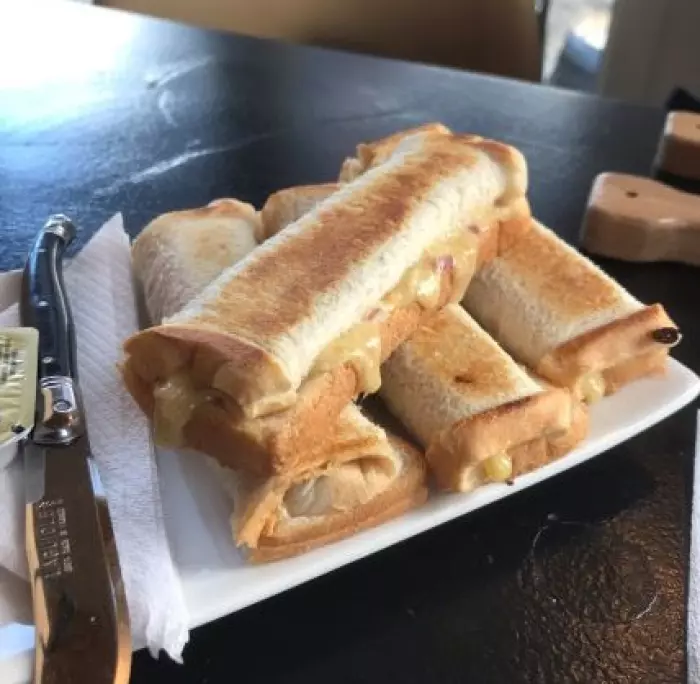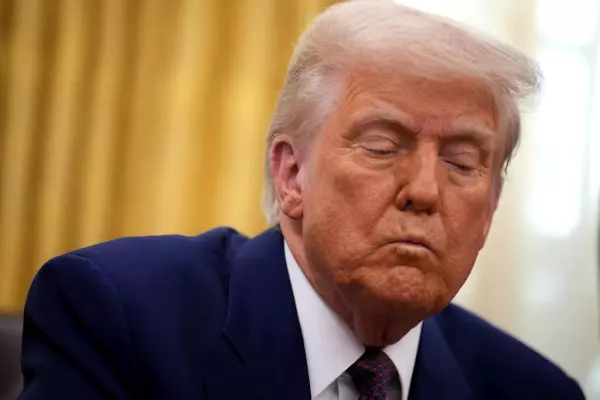I’m a fan of Southland cheese rolls.
The crunchy white bread exterior. The gooey, creamy centre. The sharp hits of diced onion.
Cheap, humble, warm and filling. What’s not to love? Unless, of course, you’re Judith Collins.
Her staffers asked a Mosgiel café to prepare a plate of rolls for the leader to sample. To the great disappointment of the café workers, Collins never turned up.
The incident represents more than a missed opportunity to photograph a politician stuffing a savoury delicacy into their mouth.
It symbolises just how stuffy and out-of-date the election campaign looks and feels.
For generations, campaigning has been a political art in itself.
Every three years, our leaders are forced to traipse around the country, pressing the flesh with as many “ordinary Kiwis” as possible.
Some politicians have won and lost elections because of the quality of their performance on the hustings.
A small part of the campaign schedule requires them to use their brains: delivering speeches, announcing policy, and responding to a daily barrage of questions from the press pack, who follow them from dawn to dusk.
But the majority of campaign activity is completed on autopilot: shaking hands, grinning, taking selfies and kissing babies.
Politicians don fluoro vests and visit factory after factory, busily inspecting whatever widgets are rolling off the production line. In the smoko room, they gingerly sip tea and frown earnestly as the workers offer their views on the issues of the day.
At universities, MPs must pretend to enjoy themselves while being heckled and abused by members of their rival parties’ youth wings.
At farmers’ markets, they’re expected to sample every local product on offer. In the course of an average day, a politician may lick their way through many flavours of gelato, while offering encouraging noises to the purveyors.
Then there are jaunts around shopping malls. These are crucial to any campaign, because of the density of potential voters per square metre.
In food courts, unsuspecting patrons have their kebab lunches interrupted by nosy MPs who invite themselves to sit down and make small talk.
At its most basic level, an election is a popularity contest. So it’s no surprise that politicians are shameless in their attempts to woo voters.
But isn’t it strange that the method of campaigning has changed so little over the past 20 years?
This style of electioneering was developed in a pre-digital age.
Before the internet, campaign appearances were novel. In a small town, the appearance of a favoured political leader would cause hearts to flutter.
But through social media, we all have a huge amount of access to the work lives – and personal lives – of our leaders. Seeing an MP in the flesh isn’t as special as it once was.
Granted, the photo opps can sometimes yield interesting and comical results. Remember Don Brash trying to wedge himself into a tiny speedway kart in 2005?
But most of the time, they just feel stiff and artificial. We were reminded of this last week, when Auckland Central candidate Emma Mellow was busted for planting National Party supporters along Ponsonby Road for her leader to bump into.
This was clumsy campaigning and National was rightly mocked for it. But it’s not wildly dissimilar to much of the prep that goes into campaign appearances.
As someone who has grown up surrounded by technology, I am baffled by parties’ continued investment in billboards along motorways and on traffic islands.
Sure, billboards promote name recognition for lesser-known candidates, and remind voters what their options are. But they’re static, dull and uninformative.
Are billboards and placards even necessary anymore? Do parties spend hundreds of thousands of dollars on them just because other parties are doing the same?
Door-knocking is another anachronism. It’s intended to make people feel like their electorate candidate is genuinely interested in their family. But do you really want Grant Robertson banging on your front door while you’re trying to de-flea the cat? Is door-knocking a meaningful attempt at connection, or an inconvenient, ineffective stunt?
As the weeks wear on and MPs become tired, it’s becoming difficult for them to feign interest in their own campaign activities.
Ardern – a natural communicator – still seems relaxed in the presence of the maskless punters, even when they crowd her personal space.
But Collins is looking increasingly irritated and bored. Winston Peters, who normally relishes life on the road, looks worn out, and his events seem lacklustre.
Some politicians have blamed the limpness of this campaign on covid. The pandemic has no doubt contributed to the low turnout at some events, but it does not explain why the momentum is still low, now that the whole country is at level 1.
Perhaps a better explanation is that this mode of campaigning is becoming increasingly irrelevant.
In 2020, people highly value authenticity. They can tell the difference between what’s real and what’s staged. They want to see genuine moments – not just theatre.
I’m not suggesting that the leaders should retire to their bedrooms for a month and campaign solely by tweeting, Tik-Tokking and doing Facebook lives.
But before the next election, I think we need to take a long, hard look at how – and why – we run an election campaign.
One of the most useful features of this campaign has been the online policy tools developed by media organisations and universities, like TVNZ’s Vote Compass, which allows people to explore the issues that matter to them, and work out how to vote.
By October 17, these tools will have helped Kiwis to become more informed voters and citizens.
That’s the whole point of a campaign. And it’s worth much more than a cheese roll.
Jehan Casinader is a Wellington-based journalist.














